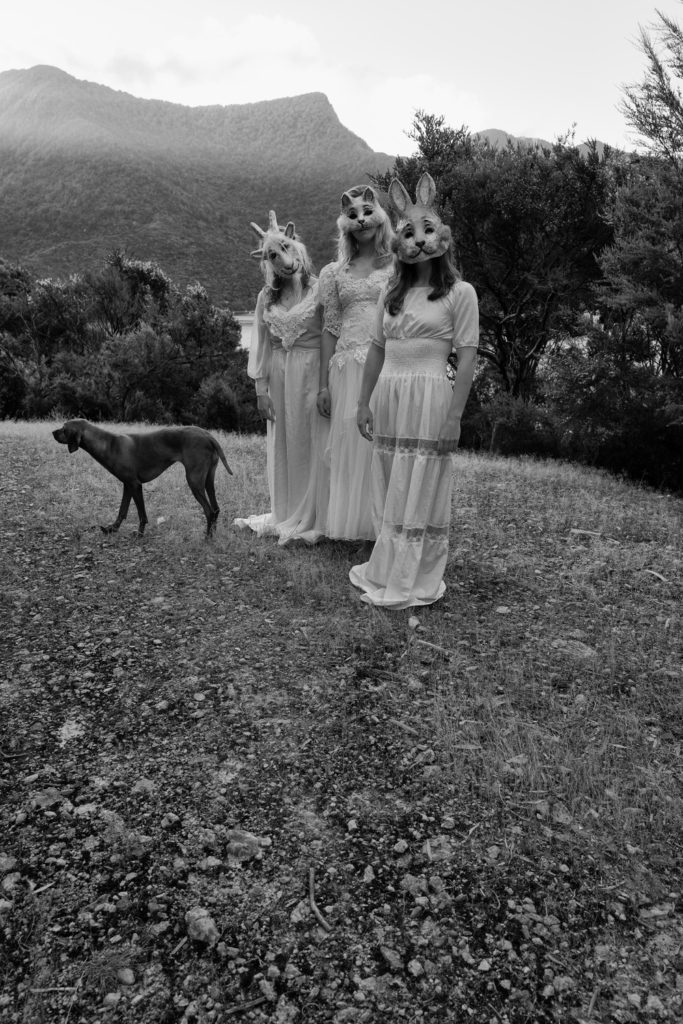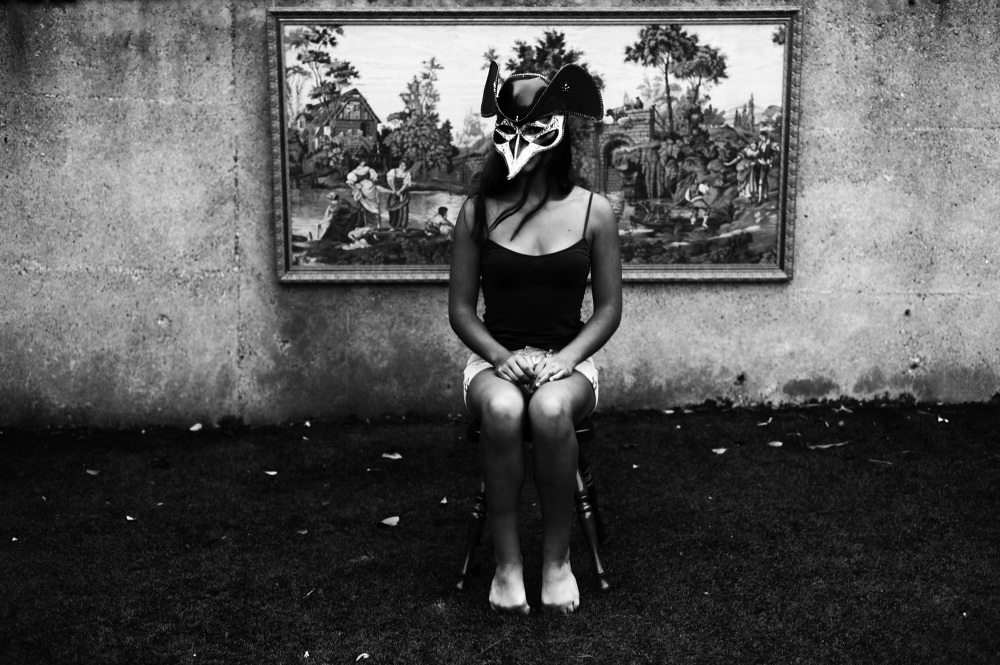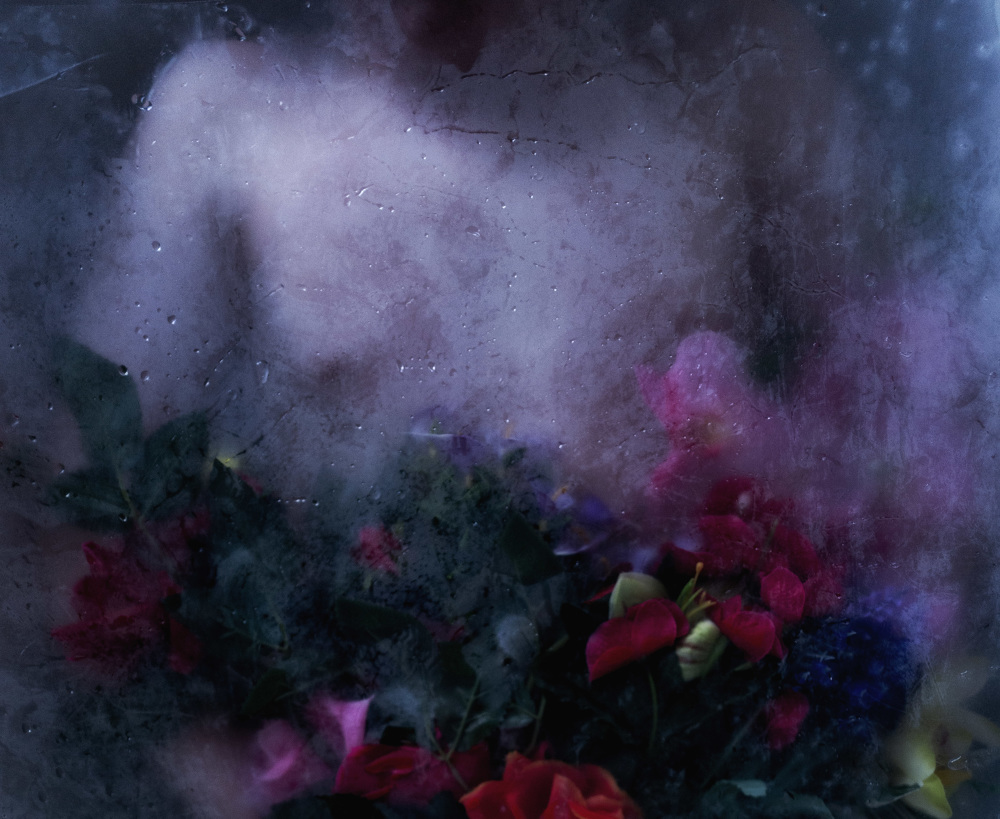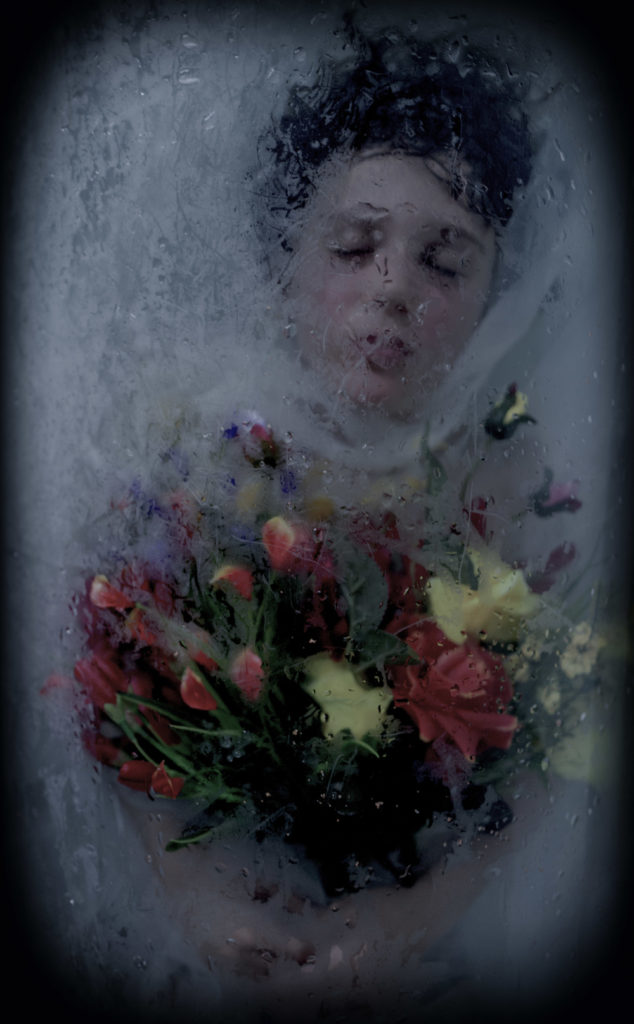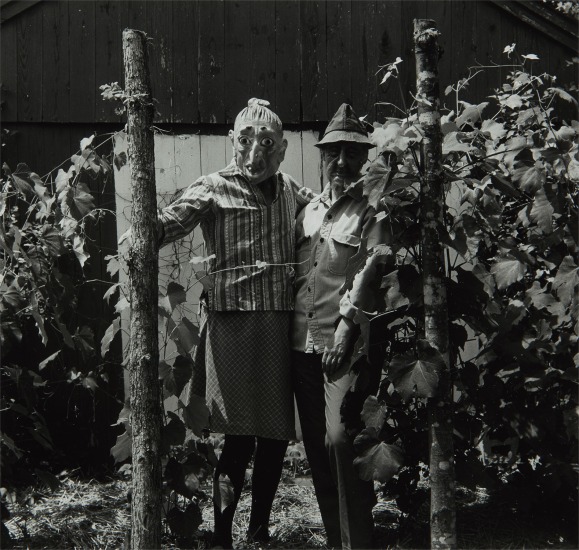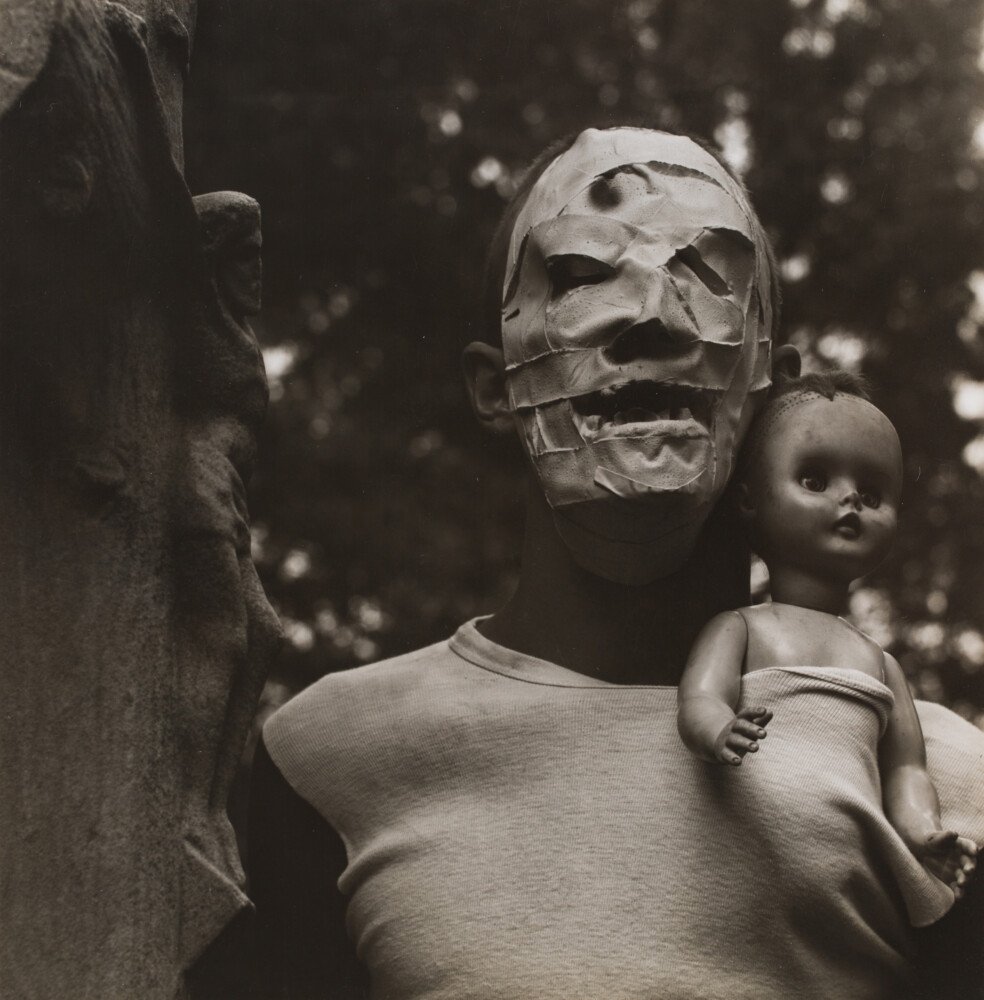LARA GELKS
Lara Gilks is a photographer based in Wellington, New Zealand. She uses elements of nature, water, light, beauty in the context of the dreamscape between two worlds. Lara explores that dreamscape through the themes of metamorphosis, mortality, escapism, ascension, peace, silence. Through her work she seeks to create tension and an opportunity for the viewer to reconcile elements that don’t naturally fit together. Her pictures provide much space for imagination and interpretation. She wants to engage the viewer and create images that ask questions.
Why did I choose Lara Gilks?
I chose Lara Gilks because I was inspired with
CLAUDE CAHUN
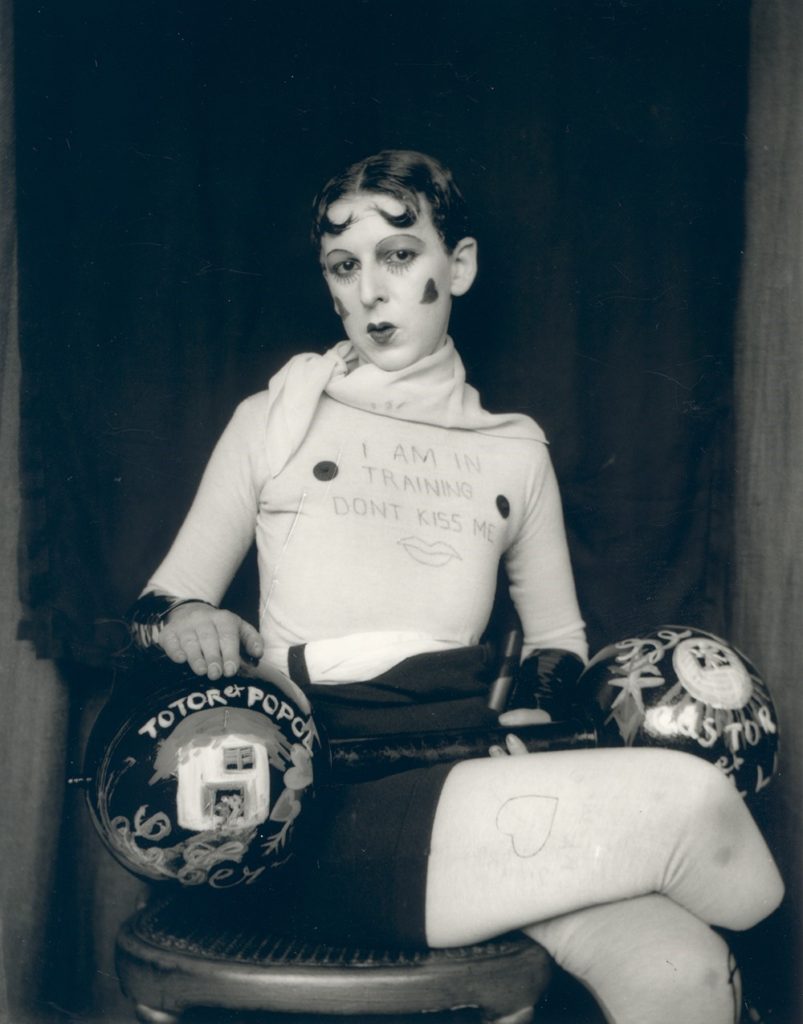
I am in training, don’t kiss me 1929 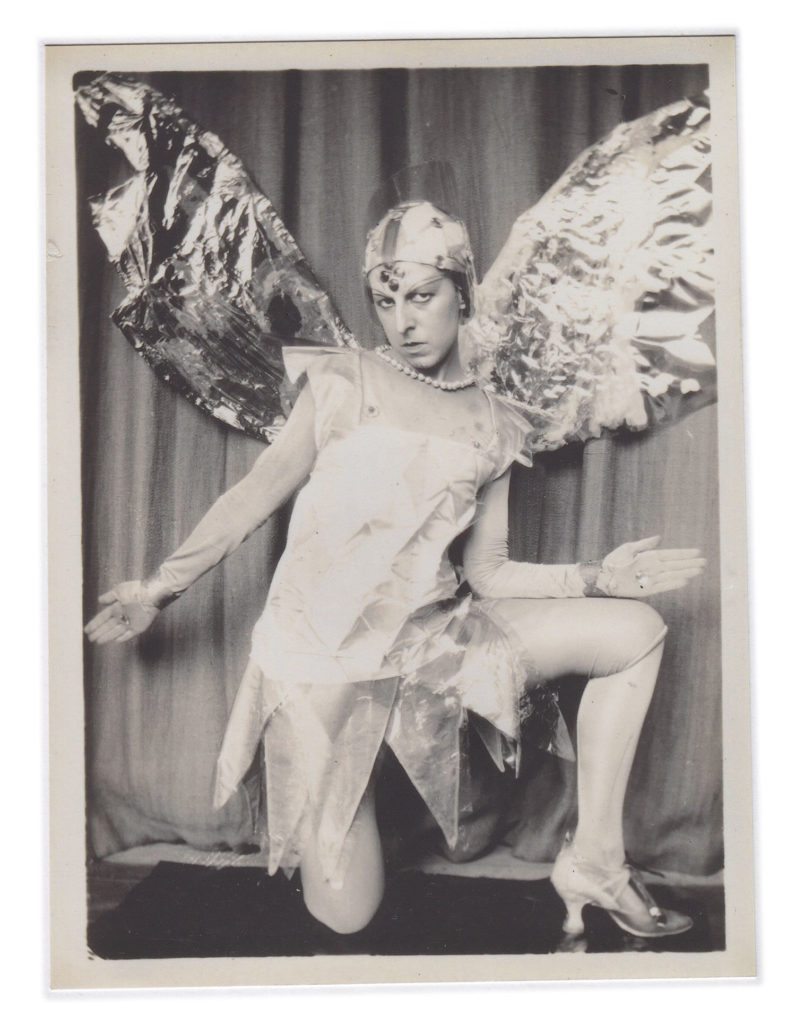
Untitled 1929 

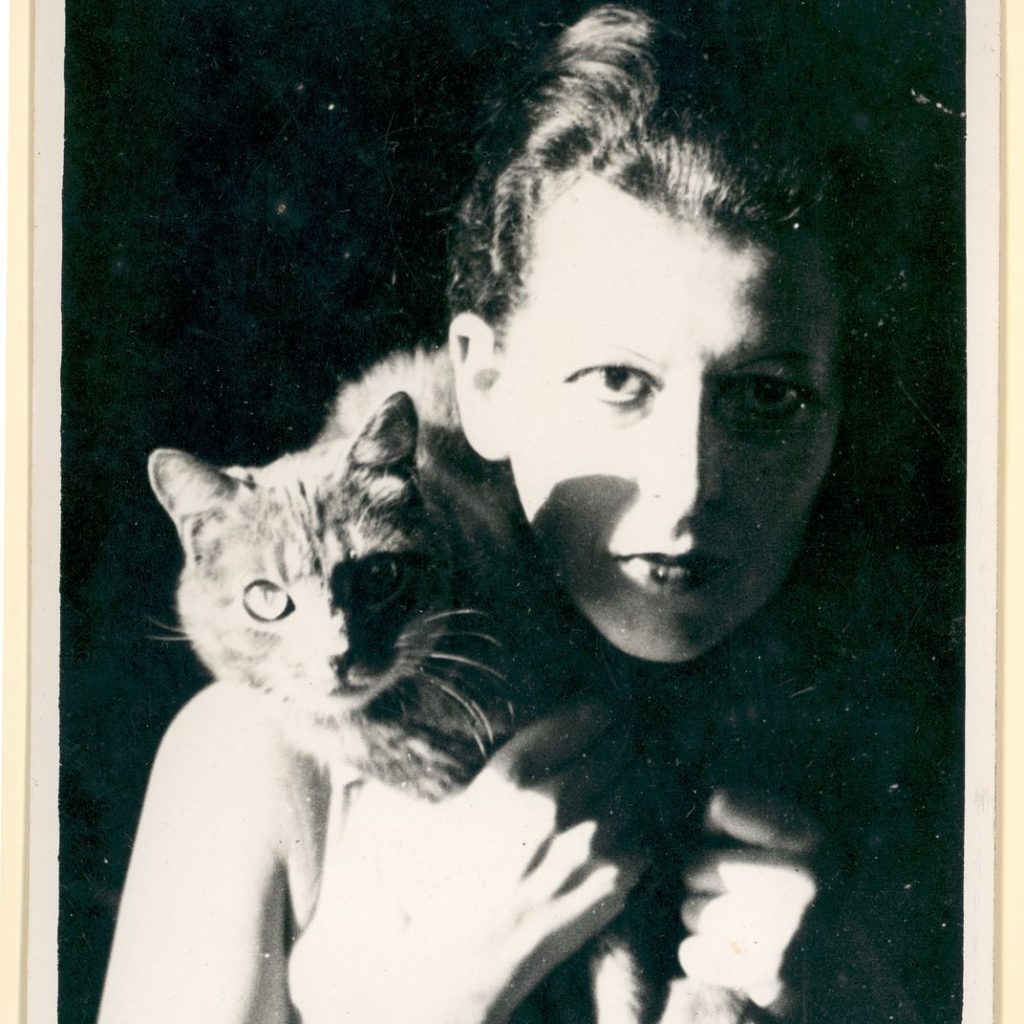
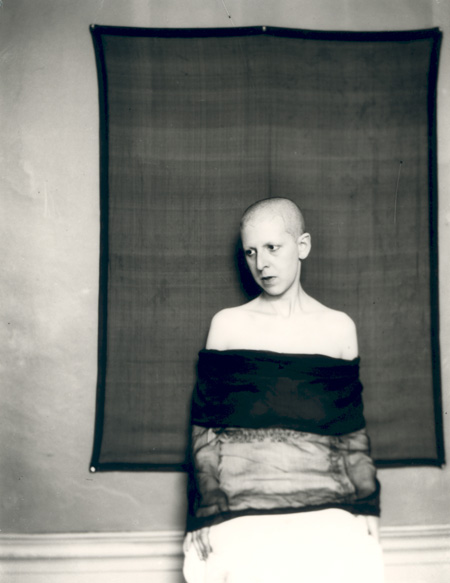
Claude Cahun’s photographic self-portraits present a dizzying kaleidoscopic mix of mystery, exuberance, and sobriety. Born in France, Cahun lived mostly on the island of Jersey with long-term love, Marcel Moore. Also known as Lucy Schwob and Suzanne Malherbe, they both adopted their preferred gender-neutral pseudonyms during early adulthood. Moore, although often invisible, was always present – typically taking the photographs and also authoring collages – and in this sense was as much artist collaborator as Cahun’s personal support. Described in Cahun’s own words as a “hunt”, through a combination of text and imagery, Cahun’s exploration of self is relentless and at times unsettling. From circus performer, clothed in layers of artifice, to a stripped-down Buddhist monk grounded by integrity, Cahun is engaged in an ongoing dialogue with multiplicity. Tragically in line with the fragmentary nature of Cahun’s outlook, much of the artist’s work was destroyed following an arrest and subsequent imprisonment for resistance against the Nazis. What remains bares interesting parallel to the title of Cahun’s diaristic publication Aveux Non Avenus, translated as Disavowals, which enigmatically suggests that for all that is revealed and given, much is still hidden or has been lost.
RALPH EUGENE MEATYARD
Ralph Eugene Meatyard lived in Lexington, Kentucky, where he made his living as an optician while creating an impressive and enigmatic body of photographs. Meatyard’s creative circle included mystics and poets, such as Thomas Merton and Guy Davenport, as well as the photographers Cranston Ritchie and Van Deren Coke, who were mentors and fellow members of the Lexington Camera Club.
Meatyard’s work spanned many genres and experimented with new means of expression, from dreamlike portraits—often set in abandoned places—to multiple exposures, motion-blur, and other methods of photographic abstraction. He also collaborated with his friend Wendell Berry on the 1971 book The Unforeseen Wilderness, for which Meatyard contributed photographs of Kentucky’s Red River Gorge. Meatyard’s final series, The Family Album of Lucybelle Crater, are cryptic double portraits of friends and family members wearing masks and enacting symbolic dramas.
is best-known photography featured dolls and masks, or family, friends and neighbours pictured in abandoned buildings or in ordinary suburban backyards. Ralph Eugene Meatyard lived in Lexington, Kentucky, where he made his living as an optician while creating an impressive and enigmatic body of photographs.

